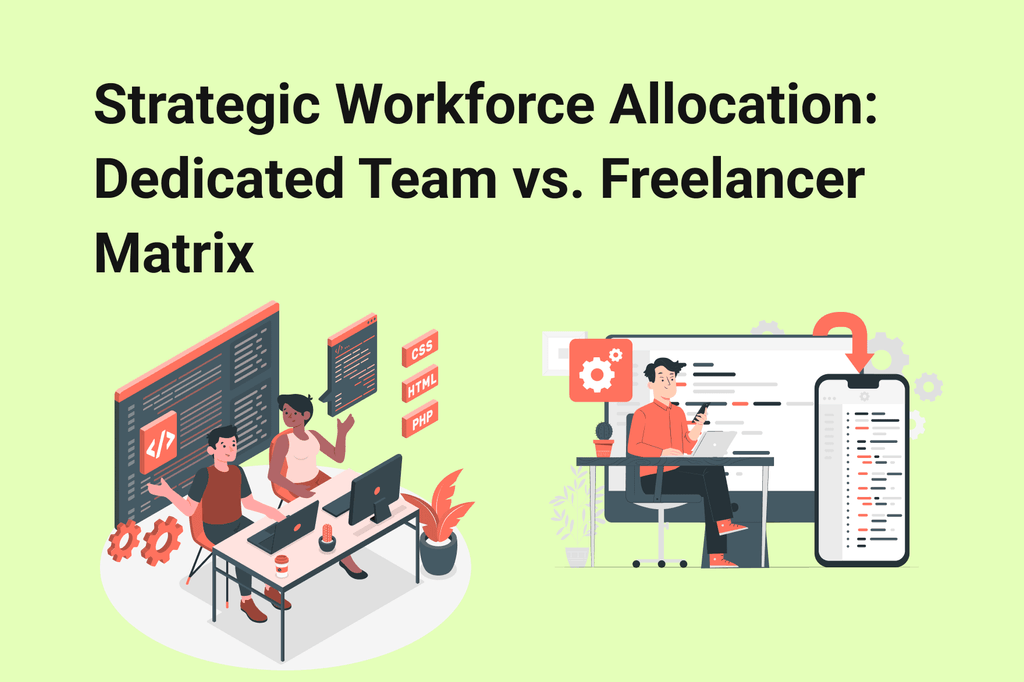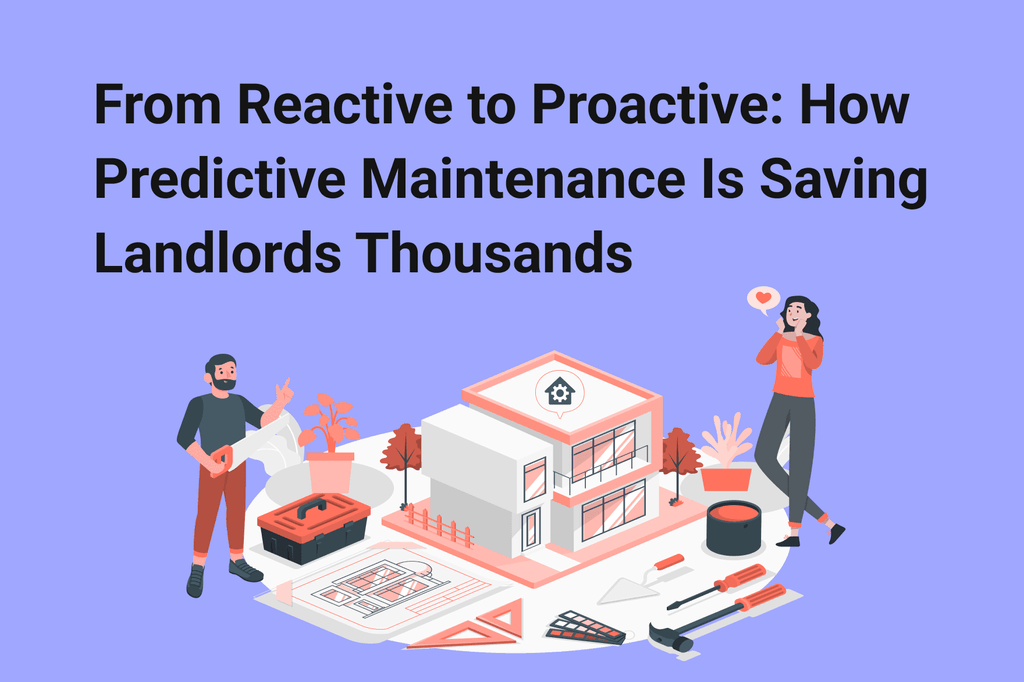
Don’t know where to start?
We will advise you on the best way to realize your idea, leveraging our expertise
Download our report
We have provided information on the cost of launching an MVP for three projects of varying levels of complexity, enabling you to compare what each project entails.
FAQ
What percentage of new startups fail in the marketplace?
According to statistics, 45% of new startups fail during the first five years, and 65% fail during the first ten years. Only 10-20% of startups stay alive over the long term.
What are the main reasons for startup failures?
The main reasons for startup failures include the lack of proper preparation and the wrong strategy for further development. Other issues include fast project growth which is hard to cope with, too much negative user feedback, new product features becoming useless, users not knowing how to deal with the product, and there being no market segment to cover.
How can I prevent product launch failures?
To prevent product launch failures, it is important to thoroughly test the product for bugs, ensure compliance with industry standards, and make sure it is compatible with popular operating systems. It is also crucial to collect real feedback and opinions from potential users to understand their needs and expectations. Additionally, providing clear instructions and demonstrations on how to use the product can help prevent user confusion. Finally, conducting market research to identify a viable market segment and pricing the product appropriately can also contribute to a successful product launch.
Table of contents:
Want to estimate your app idea?




